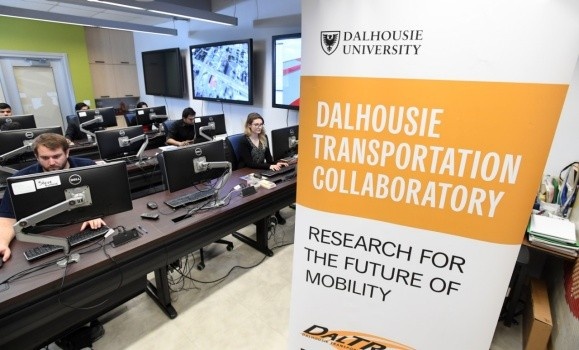Emergency Response and Evacuation
Understanding emergency response and evacuation
Both natural disasters and human-induced emergencies play a role in triggering mass evacuations and other forms of emergency response. Natural disasters, industrial accidents, public health emergencies and civil unrest can result in varying degrees of emergency response, and in some cases require the evacuation of entire populations
Those responsible for coordinating mass evacuations during disasters are confronted with significant challenges: they must allocate and coordinate limited resources in a dynamic context, often in degraded conditions, and their decisions are consequential, time-constrained and often irreversible.
The increasing frequency with which mass evacuation occurs and the human, financial and environmental costs associated with it suggest that this field requires more urgent attention.
The MacEachen Institute has produced a large body of work related to disaster and emergency response. Researchers at the Institute are regularly asked to provide expert commentary for both regional and national news publications following both natural and human-made disasters.
Evacuating people with disabilities
In 2021, the MacEachen Institute received funding from Accessibility Standards Canada to study the mass evacuation of people with disabilities.
People with disabilities have unique considerations when it comes to evacuation. There are many access and functional needs to consider, particularly relating to communication methods, transportation, sheltering, access to assistive devices, emergency social services, and transition back to the community.

A walker lies among the debris following hurricane Fiona in Burnt Island, NL., on Sept. 28. THE CANADIAN PRESS/Frank Gunn
Transportation modelling for evacuating the Halifax Peninsula

Transportation plays a crucial role during emergency evacuations by facilitating the swift and safe movement of people away from a potentially hazardous situation. By modelling transportation habits, we can better understand how evacuation may look in a real-life emergency and can improve the efficiency of evacuations.
Research on transportation modelling is being led by MacEachen Institute Founding Fellow Dr. Ahsan Habib with the support of Post-Doctoral Fellow Jahedul Alam from the Dalhousie Transportation Collaboratory (DalTRAC).
Read more about DalTRAC's transportation modelling research.
Other Research
Coastal Risk Governance in Light of the COVID-19 Crisis
Disasters are receiving more attention in Canada and around the world. In Canada, risk is governed by the Emergency Management Strategy for Canada, a document that guides federal, provincial and territorial (FPT) roles and responsibilities in disasters.
If both COVID-19 and climate change are to be treated as emergencies, the response by our leadership should have many of the same characteristics, including a clear, adaptable, and coordinated approach. This panel will explore viable policy options for the climate during and following the challenges brought about by COVID-19.
- This event took place on Tuesday, October 20, 2020. Watch the panel here.
- Briefing Note [152 kB]
Climate Adaptation in Nova Scotia: Overblown or Underwater?
With over 13,000 km of coastline and more than 70% of the population living within 20 km of the coast, Nova Scotia’s population, infrastructure, cultural heritage, and economy are highly vulnerable to sea-level rise, flooding, hurricanes, and storm surges. This extreme weather is becoming more frequent and intense due to climate change. How should the province adapt to this new reality and how should communities increase their resiliency to withstand these disasters? What are some ecological, financial, governance, and disaster resilience perspectives?
- This event took place on Thursday March 4, 2021. Watch the panel here.
- Briefing Note [123 kB]





